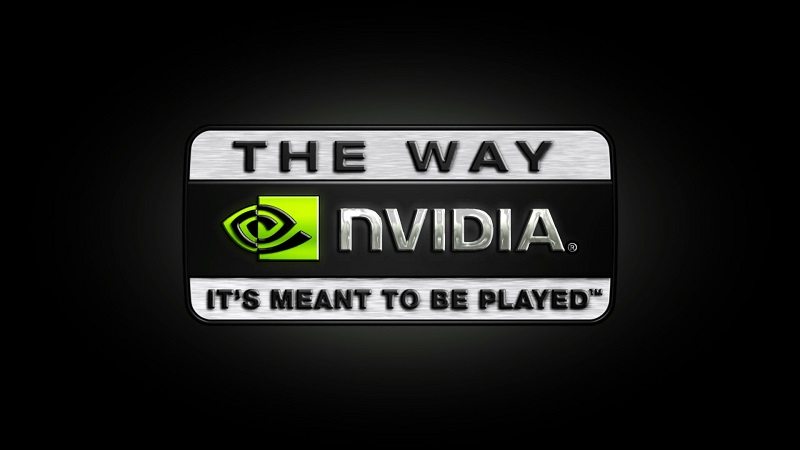Nvidia Driver’s Since Launch : GTX 780 Ti & GTX 680
Ryan Martin / 10 years ago
Final Thoughts

Well there it is, another driver analysis article is over so let’s regroup on the results we’ve shown. To summarise they are as follows:
- In 3DMark the GTX 680 gained 24.6% in FireStrike and 33.4% in FireStrike Extreme while the GTX 780 Ti gained 1.2% in FireStrike and there was no change in FireStrike Extreme.
- In Battlefield 4 GTX 680 gained 15.2% while the GTX 780 Ti gained 4.5%.
- In Bioshock Infinite the GTX 680 gained 57.9% while the GTX 780 Ti gained 6%.
- In Metro Last Light the GTX 680 gained 6.7% while the GTX 780 Ti gained 3.5%.
- In Sleeping Dogs the GTX 680 gained 26.1% while the GTX 780 Ti gained 11.8%.
- In Tomb Raider the GTX 680 gained 15.8% while the GTX 780 Ti gained 1.2%.
I am hugely impressed by the results the Nvidia cards have displayed, especially when compared to AMD’s equivalents. Nvidia’s GTX 780 Ti, even though based on established and mature architecture, has managed to improve in all the game titles we tested. This is significant because AMD’s R9 290X made few noticeable improvements despite being on the market for longer than the GTX 780 Ti. The GTX 680 showed huge gains in performance, similar to the HD 7970 if not much better. Looking at the results it is fair to say that Nvidia has made greater performance progress on its drivers since the launch of the GTX 680 and GTX 780 Ti than AMD made with its HD 7970 and R9 290X. To refresh your memory, or if you haven’t read our equivalent AMD driver analysis article, here are the results of AMD’s GPUs:
- In 3DMark the HD 7970 gained 30.8% in FireStrike and 28.9% in FireStrike Extreme while the R9 290X gained 2.5% in FireStrike and there was no change in FireStrike Extreme.
- In Battlefield 4 the HD 7970 gained 19.9% while the R9 290X gained 1.3%.
- In Bioshock Infinite the HD 7970 gained 15.4% while the R9 290X saw no change.
- In Metro Last Light the HD 7970 gained 6.4% while the R9 290X gained 1.8%.
- In Sleeping Dogs the HD 7970 gained 9.2% while the R9 290X saw no change.
- In Tomb Raider the HD 7970 gained 6.6% while the R9 290X saw no change.
The results suggest notes of caution to be made when reading graphics card reviews: anything that mixes old driver results and new driver results has the potential for a 1-58% margin of error. We also want to note that you’ll find similar improvements in driver performance for other Kepler based graphics cards compared to their launch drivers, but these improvements will vary by GPU type, the components in the system and what games you are running. In short your own mileage may vary but the argument for keeping up with driver updates and making sure your system has the latest is strong. With the Nvidia drivers I think the most crucial update is their Forceware 337.50 “Super Driver”, clearly most of the performance gains with the GTX 780 Ti came from this driver update.
I think these results provide an interesting answer to the question we stated at the beginning:” How much progress do AMD and Nvidia actually make with their drivers over a product’s life cycle?” Of course, Kepler still has some mileage left to run so expect many more driver updates, though I doubt we’ll see much more in the way of performance improvements. Most driver updates for AMD’s GCN and Nvidia’s Kepler product stacks will be dominated by bug fixes, new features and support for new game titles or benchmarks.
I hope you found this article interesting and useful. We encourage you to check out the AMD driver analysis article if you haven’t already. Please leave us your comments and thoughts on this article. What would you like to see changed? What didn’t you like? What have been your experience with drivers in general? Or more specifically: Nvidia drivers.
Thank you to all our partners who provided the hardware and software that made this driver analysis possible.



















